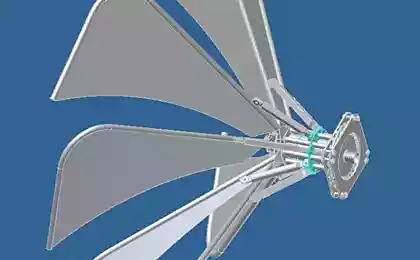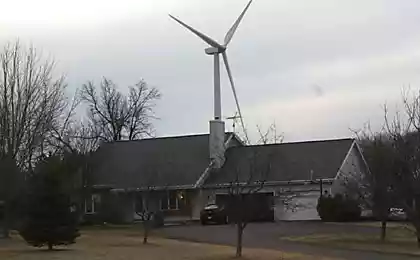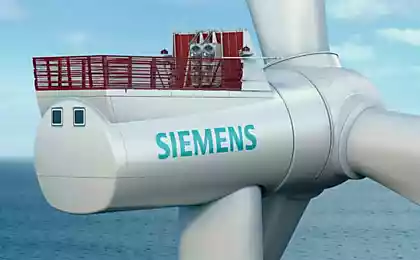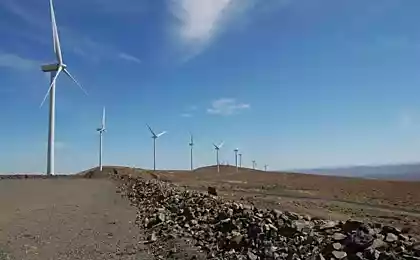457
The wind left behind the nuclear power industry of China
In China, wind power surpassed nuclear power in 2012, for the first time, electricity production from Chinese wind turbines was slightly higher than the production of nuclear power plants. In 2013, wind surpassed nuclear production just 22 percent. The 135 terawatt-hours of Chinese wind power generation in 2013 is enough to power the U.S. state of new York.
After the adoption in 2005 of China's law on renewable energy sources, a development plan and created the conditions for exponential growth in wind power. Wind power in the country since then has been growing at more than twice annually in the period from 2006 to 2009 and then increased almost 40 percent per year, reaching 91 GW by the end of 2013, More than 80 percent of the tanks the world's leading wind power connected to the grid and are not stand-alone projects.
Vetrogeneratory in 2013 could be even more according to various estimates by 10 percent, due to forced reductions in output, when wind turbines are stopped because the grid could not cope with the volume of electricity generated. To reduce such forced termination of the development and to achieve the stated purpose 200 gigawatts connected to the grid of wind power by 2020, China is building the world's largest transmission system ultra high voltage. Many construction projects will connect the windy North and West from the more populated places in the Central and Eastern provinces.
Schedule generation nuclear (orange) and wind power (blue) in China
One of the reasons why nuclear power has not kept pace with wind energy in China is the time required from project development to final deployment of the project. At that time, as the construction of a typical Chinese nuclear reactor takes roughly six years, the construction of a wind farm can be completed in just a few months.
Another factor in the growth of wind energy is to stop nuclear expansion in China after the Fukushima disaster in Japan in 2011. The government suspended approval of new reactors until the end of 2012 and beginning re-verify the safety of both operating and under construction reactors over several months. The government also deferred at least until 2015 plans to build reactors in the coastal provinces, where water needed for cooling is very dirty and is in short supply.
Wind map of China
If all 28 gigawatts of nuclear capacity that are now under construction, will be completed by 2020, China will reach a capacity of 45 gigawatts — 22 percent less than the officially declared target of 58 gigawatts. Some of the most modern and advanced reactors, now under construction, there is the overspending and the transfer date of completion for a year or more, thus the nuclear capability of China in 2020 may be less than the stated official purpose.
Despite impressive growth, wind energy still provides less than 3 percent of the total electricity generation in China, far behind hydropower (which share an average of about 17 percent) and energy produced from burning coal — a major source of electricity (more than 75 percent). But as wind energy shows an increasing gap from nuclear power, it shows your potential to become a secure, scalable, does not require water-based low-carbon Chinese energy.
Source: aenergy.ru























